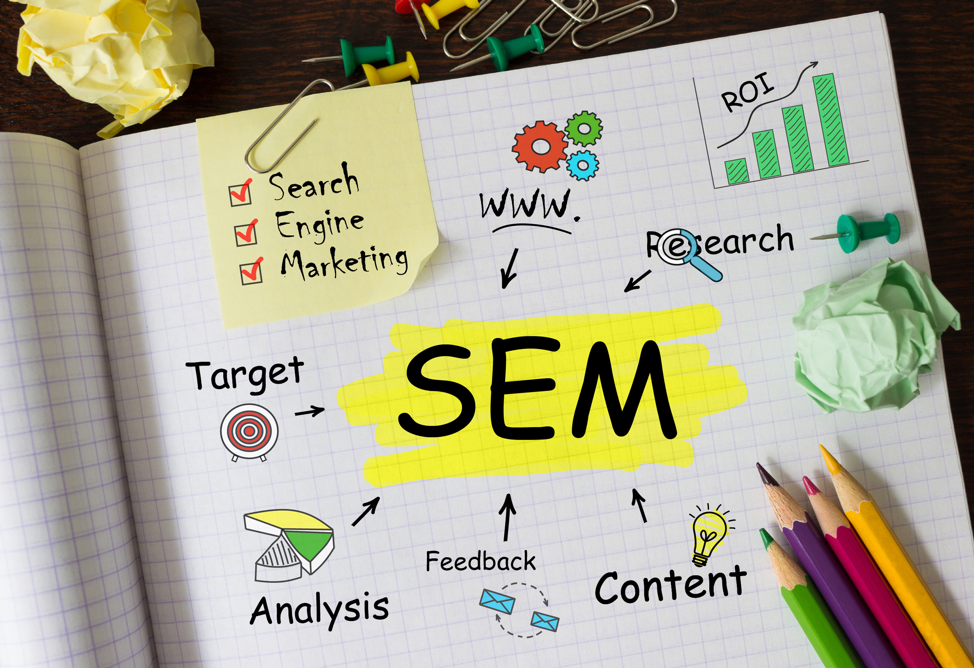Search engine marketing is an essential component of growth marketing, which is a practice that focuses on providing the best ROI by attracting highly qualified leads to your business. In general, marketing is aimed a wide range of users—from slightly interested, top of the funnel visitors, to committed users that are fully receptive to your message, services, and products. With growth marketing, however, you can increase the power of every dollar you spend by targeting the leads that are most likely to convert. In this article, we’re going to take a look at how to use SEM and growth marketing techniques to optimize your client acquisition campaigns.
Provide value at each step of the customer journey
Like anything, SEM starts with small steps. At first, your ads will cast a wide net, and you will encounter a seemingly chaotic set of data related to user behavior. However, as the campaign advances, you will start to notice patterns and trends in the behavior. The customer journey—from someone who is completely unfamiliar with your brand, to someone who has made a purchase—has many decision points along the way. In order to understand what those decision points are and what motivates a favorable decision, you can break down the customer journey into six stages:
- Initiation – At this stage, the prospect is collecting general information about the various products, services, and offers in the markets.
- Research – Now the client is looking at various recommendations, buying guides, and products.
- Compare – The client has a list of products at this point, all of which meet a set of criteria, that can include ratings, reviews, price, and features.
- Transaction – This is where the company is selected. The client is now interested in various pricing options, promotions, locations, and availability of different companies.
- Experience – We are right at the end of the journey. Here, the customer experience is influenced by pre and post-purchase customer service, cross-promotional offers, and customer retention policies.
Define your business goals and tailor a campaign around them
You can increase the effectiveness of each online marketing campaign by having a thorough understanding of your business goals and having them clearly defined. There are usually four categories of business goals:
- Increasing Brand Awareness – Spread your ad budget across three areas: non-brand keywords, brand keywords, and your competitor’s keywords. Most users start their journey on non-brand related searches (such as general product type). In fact, about 72% of brand ad clicks had a non-brand term in the user journey at some point. By exposing potential customers to your brand when they search for general terms, or even your competitor’s brand, you spread awareness, and increase the likelihood of a brand search from each customer by up to 30%.
- Winning New Customers – By using SEM, you can target various stages of the previously mentioned customer journey and use keywords that fall into one of those stages. In this way, you can bring in new customers consistently by giving them exactly what they are searching for.
- Driving Sales – If you want to see results right away, you can target your keywords towards the transaction stage of the customer journey by displaying ads that talk about promotions, local availability, and other attractive selling points.
- Entering New Markets – If you want to dip your toes into new markets, you can use SEM. With just a small investment, you can see how customers in different markets react to your products, approach, and offers.
When you map out the customer journey, define your goals clearly, and build a strategy around them, you can use SEM to get exponentially more value from each one of your advertising dollars. If you have any questions or would like to get some help with Search Engine Marketing (SEM) in Arlington Heights, do not hesitate to contact us today.


